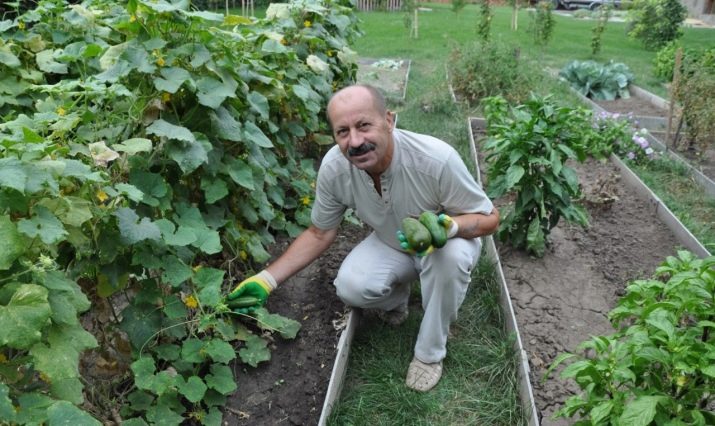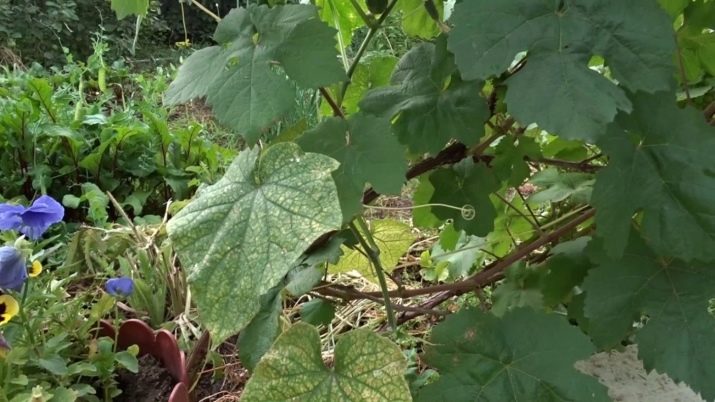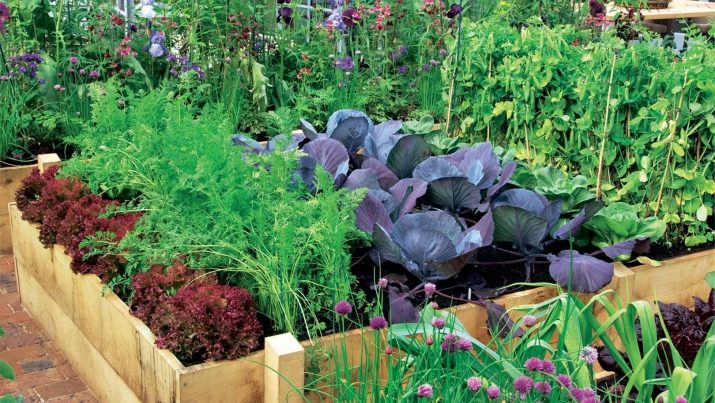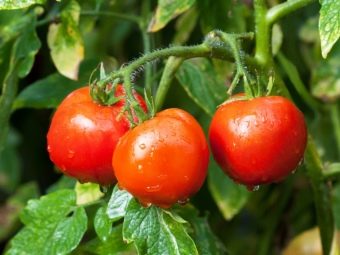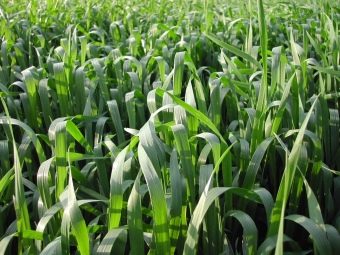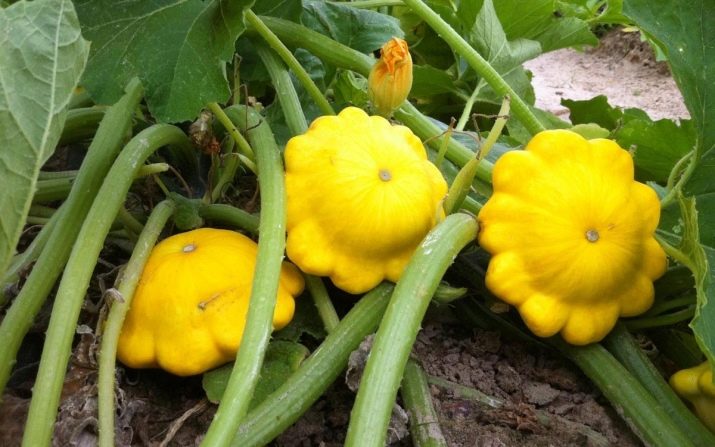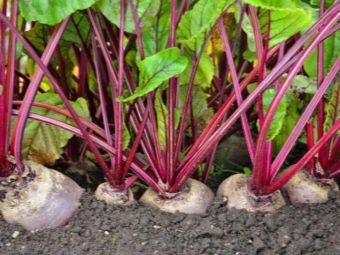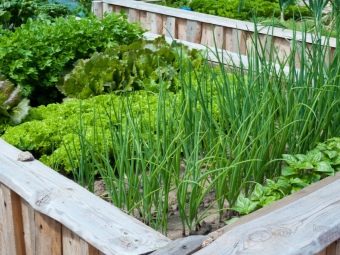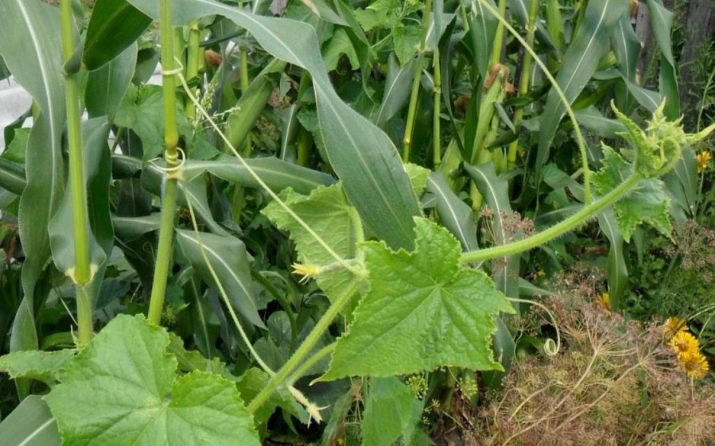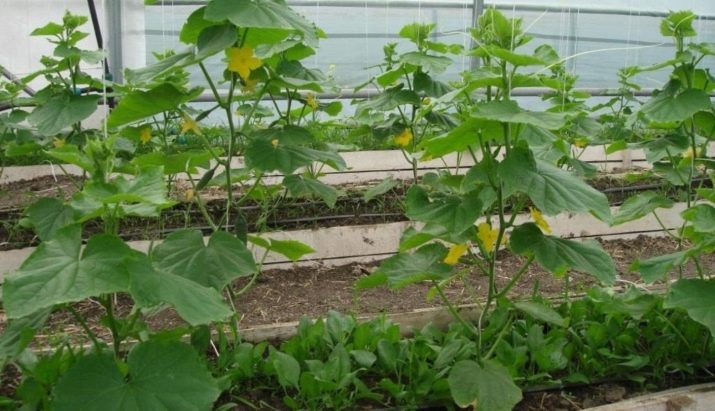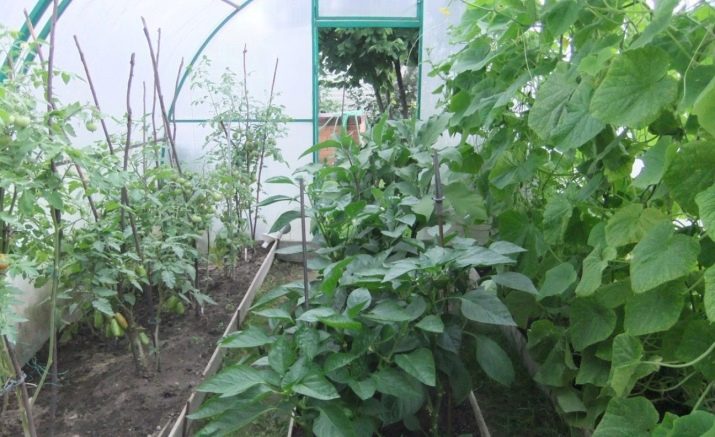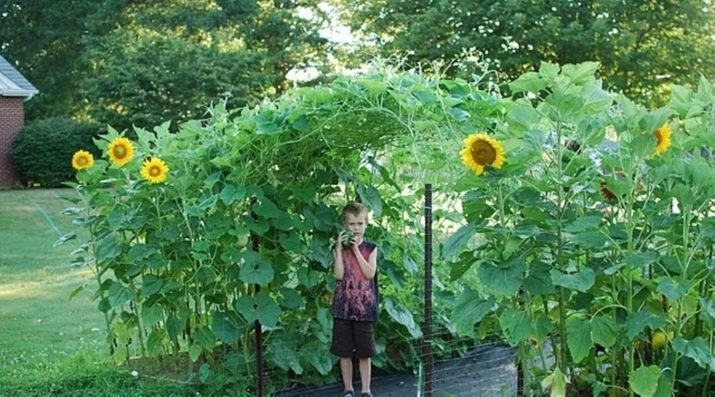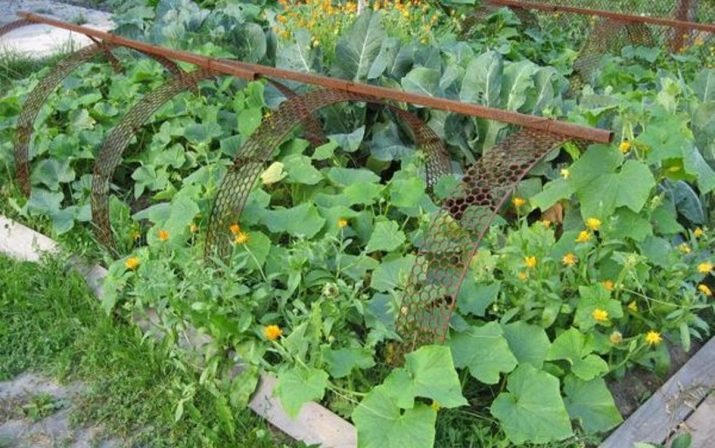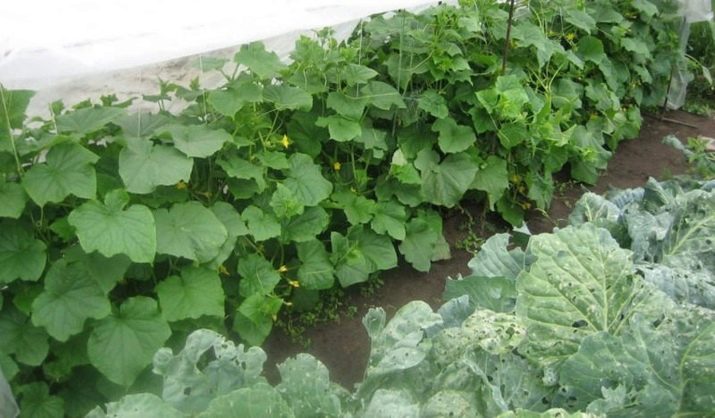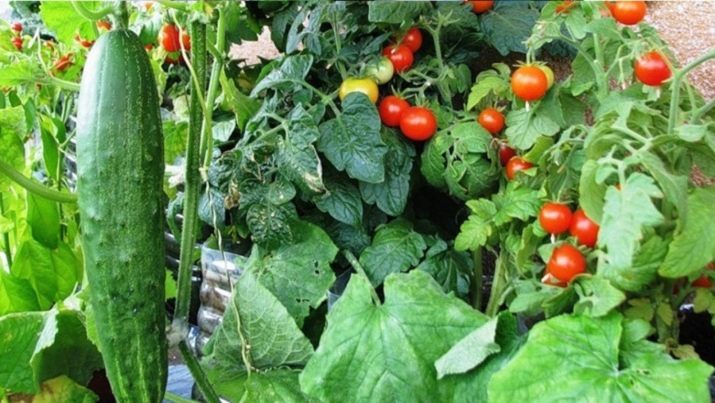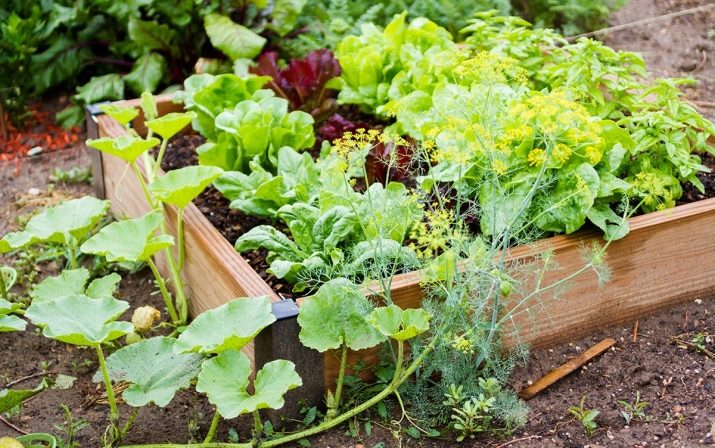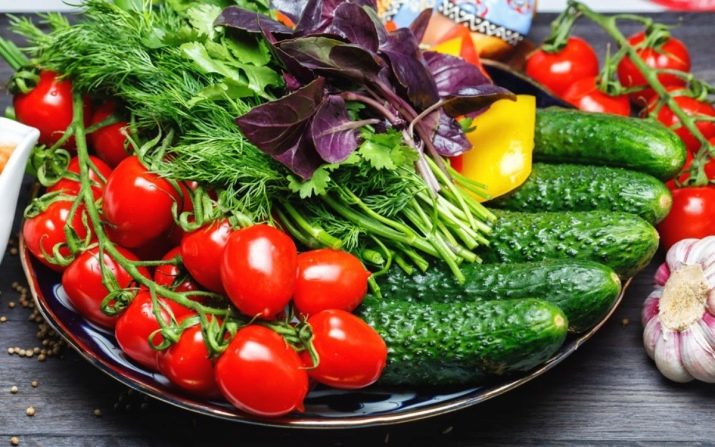What crops can be planted next to cucumbers?
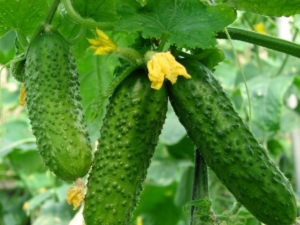
Practically everyone is involved in growing cucumbers in the garden plot. This vegetable is one of the most favorite on our table. The quality of growth and fruiting cucumbers, like any other crop, is influenced by many factors. But let's start everything in order.
Crop rotation rules
Horticulture to some extent can be called a science. Only at first glance it seems that everything is obvious, and in fact the gardener is constantly looking for new solutions, experimenting, checking on his own experience information gathered from books, magazines, the Internet and tips from respected people and summer residents-neighbors. After all, getting a good harvest directly depends not only on the climatic conditions and efforts of the gardener, but also on the proper organization of plantings.
A number of plants planted on the same bed both in the open field and in the greenhouse will grow well, bear fruit, scare away harmful insects and quietly help each other. But others will slow down the development of a neighbor and only fight for a place under the sun.
Crop rotation (multi-field) is a scientifically based alternation of crops. This means that the same culture cannot grow in the same place for several years.
When crop rotation plants need to consider several factors: belonging to a biological family, soil composition, the presence of pests and others.
Before the start of the new season, the summer resident or the gardener needs to make it a rule to plan his plot taking into account these factors. It is much better to arrange the correct alternation of vegetable crops than to constantly fertilize the plants. This is especially important when the site is small, and you want to plant vegetables and herbs a lot and varied.
Therefore, it is necessary to grow garden crops using the rules of crop rotation.
Special features
It follows from the above that it is necessary to plant cucumbers every year on a new garden bed. For them, good precursors are solanaceous (tomatoes, eggplants, potatoes) and legumes. They grow just as well after cabbage, most root vegetables, onions, garlic and corn. Carrots will be a bad neighbor for cucumbers, as it is prone to white rot, which can easily spread to green vegetables.
The bad cucumber predecessors include pumpkin representatives: zucchini, squash, pumpkin. These plants need the same food as cucumbers, they also suffer from the same diseases. Therefore, if we plant our green vegetable after other pumpkin plants, then the soil will lack nutrients, and there will be a maximum risk of infection with viral and bacterial infections.
To neutral crops include beets, greens (lettuce, celery, spinach, radishes) and spices (basil, mint, coriander).
Cucumbers as precursors can be good for vegetables such as potatoes, beets, celery, radish. These plants are less dependent on soil fertility. Also, after cucumbers, it is good to plant tomatoes, peppers, onions, garlic, greens, and spicy herbs.
Compatible with other vegetables
Hazard for garden crops are all weeds, however, not all human-cultivated vegetables, root crops and herbs can get along without serious consequences. Plants against each other have a definite effect. Some have a beneficial effect on the growth and development of a neighbor, while others can act depressingly, slow growth and affect fruiting.
Cucumbers are no exception, they also have good and bad neighbors. For a good living together, it is necessary to pick up other plants in our pimply vegetables, whose vital needs are similar. If you adhere to such a planting scheme, the crop will please not only cucumbers, but also neighboring crops.
Best neighbors
In most climatic zones of our country, growing cucumbers in a greenhouse is much more convenient and more expedient than in the open field.The living conditions of vegetables in the greenhouse are significantly different from the conditions of open content. Few gardeners and gardeners can allocate a separate greenhouse for this crop, much more often they use joint planting. And here it is important to choose plants with similar climatic preferences. Cucumbers need moist and warm air, frequent watering with warm water.
Green crops such as green onions, lettuce, dill or spinach can be excellent partners. By the time the cucumber sticks have grown stronger and will move to growth, the first harvest of green herbs will be already harvested, and they will not become an obstacle to the further growth of cucumbers. When the fruits begin to set, you need to remove lettuce and spinach from the greenhouse, as they need plenty of water and minerals, and they will become competitors for our cucumbers. The same can be said about radishes. It is planted around the perimeter of the site for cucumbers and harvested even before they entered the stage of active growth.
Eggplant and cucumber go well together. They are planted according to the following scheme: eggplants - in a more lighted place, and cucumbers are placed so that they do not obscure the eggplants with their overgrown whips.
Also, in its microclimatic indicators, Bulgarian pepper is close to our green vegetable. He, like cucumber, loves a moist warm atmosphere. These cultures fit together very well under one roof.
Cucumbers, eggplants and peppers can be planted in one greenhouse, however, it should be borne in mind that some members of the nightshade family do not like each other. In this case, the greens should be placed in the greenhouse in the middle.
Great neighbors in the greenhouse for cucumbers will be beans and peas. They can be planted in rows, alternating planting. Representatives of the legume family will enrich the earth with nitrogen and other useful elements, improve its structure.
It is recommended that after harvesting the beans and peas, the stems are cut, not pulled. Thus, the nitrogen accumulated in the roots will remain in the soil.
Gourds such as melons and watermelons will be good neighbors for cucumbers. They are planted away from the entrance, on the sunniest, warmed up areas of the greenhouse. Cucumber lashes are placed on vertical supports, and melons and watermelons are allowed on the soil.
In the open ground cucumbers feel great near the planting of corn. Due to this symbiosis, they increase the yield of each other by 20%. Corn is a natural support for cucumber lashes. It also creates the necessary microclimate, shading them from the scorching sun. For these purposes, it is advisable to plant high varieties of corn near cucumbers.
With the same success you can use sunflower instead of corn. By directing cucumber tendrils up the sunflower stalk, you can save on the trellis and get a crop of cucumbers and sunflower seeds on the same area.
In the same way as in the greenhouse, in the open area cucumbers are perfectly combined with legumes. Beans, peas and beans can be planted between rows of cucumbers or along the perimeter. Representatives of the legume family will enrich the soil with nitrogen, which will fruitfully affect the further growth of our green vegetables.
Well compatible with beetroot cucumber, but only early varieties, as cucumber whips as they grow will stretch and obscure the sun's rays.
Both in the greenhouse and in the garden, green leaves are well combined with salad and spinach. These herbs have a beneficial effect on their root system.
Of the flowers, calendula bushes are often planted next to cucumbers. This beautiful flower is a deterrent against many insect pests. And for cucumbers, Calendula is attractive because it blooms simultaneously with them and, being an excellent honey plant, attracts insects to bee-pollinated varieties.
To prevent the whitefly invasion of cucumber plantations, you can plant nasturtium bushes next to it. In the autumn after harvesting a flower bed, you should not throw away the stalks of nasturtium and calendula.You can prikopat them on the site, and they will be a great organic fertilizer for planting the next season.
The fact that you can plant on the same bed with cucumbers, you will learn from the video below.
Valid options
You can plant cucumbers next to pumpkins and zucchini. On the one hand, it is convenient. These plants belong to the pumpkin family, and they need the same care. The difficulty lies in the fact that zucchini and pumpkins with their huge leaves can obscure cucumbers. In this case, it is necessary to place the cucumbers vertically on the trellis or support. Another difficulty lies in the fact that the pumpkin and zucchini root system is more powerful and cucumbers in joint plantings may lack moisture and nutrients. And cucumbers and zucchini can pereopilyatsya - however, it will not spoil the taste of the fruit, but seed can not be used for further planting.
You can plant onions and garlic next to the cucumbers. Onions will save them from many pests. And garlic suppresses many viral and fungal diseases. True, the onion itself does not like this neighborhood, but they are often planted between rows with other cultures.
Neutral neighbors have proven themselves different varieties of cabbage, especially white cabbage and kohlrabi. Cabbage has similar growing conditions with cucumbers.
If the plot is small, you can plant cucumbers next to carrots or strawberries. Although it is not very suitable neighbors, but if there is no other option, it is worth a try. It should be borne in mind that cucumbers, carrots and strawberries have the same diseases, so prevention will have to be carried out constantly, so as not to lose the entire crop at once.
Warring plants
But cucumbers and tomatoes in the same greenhouse - undesirable neighbors. This results from different climatic needs. If the first ones like humid and warm air, then tomatoes need frequent airing, they are prone to blight and various fungal diseases. And for cucumbers harmful dry air, it can lead to falling off of the ovary and leaves, as well as to the defeat of spider mites. Also, these cultures need different mineral supplements.
If we talk about planting in the open field, again, cucumbers should not be planted next to the tomatoes. And although outdoors differences in conditions and preferences are not as noticeable as in the greenhouse, these plants do not get along on the same bed.
Poor neighbors in the garden cucumbers with potatoes. Relations with this member of the nightshade family, as well as with tomato, did not develop in Zelentsi. Both plants are prone to late blight, so they are best planted away from each other.
Also, you can not plant cucumbers next to the spicy herbs. Basil, thyme, coriander, oregano, hyssop and other fragrant herbs will have to be planted in another, more favorable place. Next to these plants, there will be no good harvest of green leaves.
Are different varieties of cucumbers on the same bed friendly?
Many gardeners and gardeners are wondering whether it is possible to plant different varieties of cucumbers on the same bed. If you do not plan to collect seeds from these vegetables, then it is quite possible to place different varieties nearby. Some of them will bear more fruit this season, with others lucky next. But if you plan to collect seeds from your favorite cucumbers, then it is necessary to separate the plants of different varieties away from each other due to the possibility of pereovleniya. It will not affect the taste characteristics, but you won't be able to plant your favorite variety from your seeds next season.
Correctly allocate a place in the garden, pick up good neighbors, feed, plenty of water, provide moist and warm growing conditions - these are a few simple rules of planting and care, for which cucumbers will generously thank you with a bountiful harvest.It is so pleasant in the summer to combine all the vegetables in the salad, which so disliked each other on the garden, but so perfectly combined together: cucumbers and tomatoes, basil and cilantro, add onions or garlic to them, fresh lettuce leaves and a sprig of dill and season it all with olive butter! And in the winter to get a delicious crispy cucumber from a can, soaked with the smell of summer and herbs.

